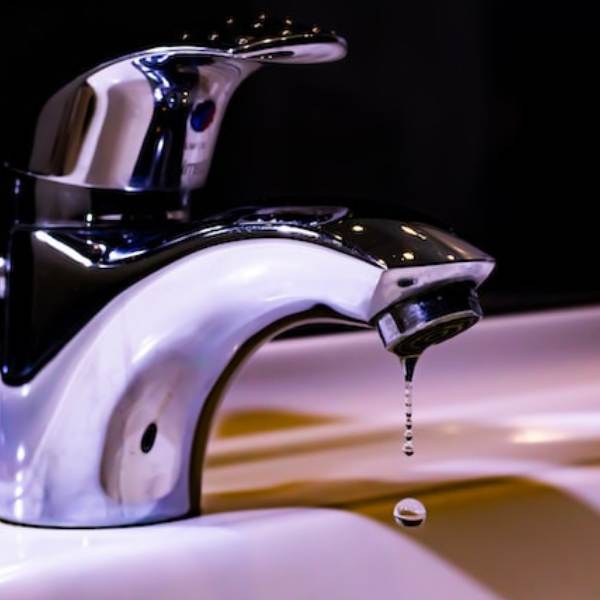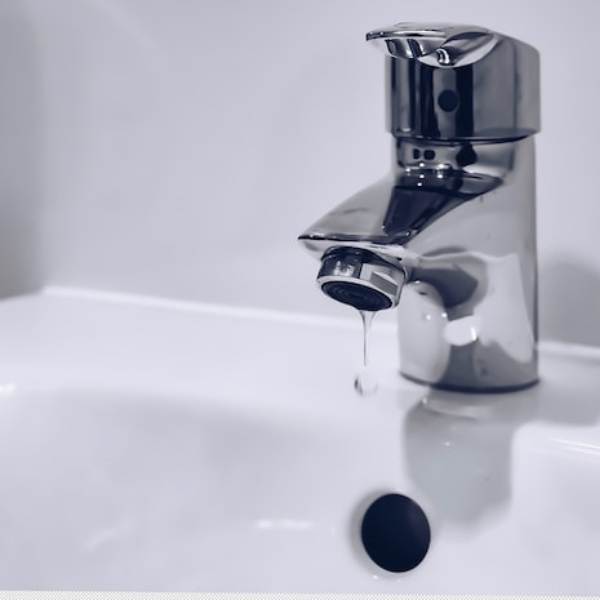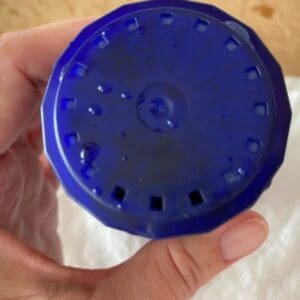7 Common RO System Problems
Having a reverse osmosis (RO) system in the home is becoming increasingly popular due to its ability to remove contaminants from drinking water. Although using the best RO system is a reliable method of purifying water, there are still common problems that can arise with these systems.
Here is an overview of seven of the most common RO system issues and how to go about fixing them.
Slow or No Waterflow
One of the reasons why your RO system delivers little or no water is low tank pressure. Make sure to keep your tank pressure between 6-8 psi when empty and between 35-40 when full.
Another reason could be a ruptured RO tank bladder. Once the RO tank bladder leaks air, it will lack the pressure required to pump water out of the tank. In cases where repressurizing will not build up enough pressure, you are left with only one option—replacing the RO tank.
A clogged RO membrane caused by a buildup of impurities could also be the culprit. So, replace your RO membrane when necessary. Also, make sure to replace the prefilters of your RO system to extend the life of the reverse osmosis membrane.
Also, check for any kinked tubing as it can also reduce water flow. Straighten the tubing otherwise replace it. Lastly, make sure the water supply valve is open.

Decreased Water Pressure
Reverse osmosis water filters rely on water pressure to function at about 40 psi. However, due to maintenance or issues in your municipal water supply, water pressure could fluctuate at times. The result is slow water flow.
If you’re living in an area where water pressure is low, adding a booster pump to your RO system could address the issue.
Leaks
A water leak in reverse osmosis is not only inconvenient, but wastewater can also cause significant damage to your home and increase your utility bills. It is important to identify the source of the leak in order to determine how to best fix it.
Common causes of leaks include loose connections, faulty valves, worn-out gaskets or O-rings, and broken components such as filters or tubing. So, make sure to tighten screws or replace worn parts to address the issue. Also, replace any damaged or cracked membrane housing or membrane cap.
In some cases, a leak in an RO system can also be caused by an air gap leak. An air gap faucet leak can be caused by debris accumulated in the air gap especially when the sink drain is slow running.
To fix this, see to it that the drain line and drain saddle are clean. Also, make sure that the air gap is properly installed to prevent restrictions in the air gap.
If you suspect any of these issues with your reverse osmosis system, it is important that you address them quickly in order to avoid further damage and expense.

Loud gurgles
The gurgling sound in your RO system is caused by air and that is totally normal. However, if it becomes louder and more consistent, it could mean something is wrong with your unit.
A gurgling sound can be caused by a misaligned drain pipe. So, check for any twisted or kinked drain pipes and make sure to straighten them.
Is your drain tube too long? Consider cutting it short to prevent low spots that create a siphoning effect causing a gurgling noise.
Furthermore, too much water flow also creates a gurgling noise. If this happens, consider replacing your flow control valve.
System Constantly Draining
A small amount of water drinking from your RO system is normal. If it drains more than what is normal, it could indicate a problem.
- First, check your tank and make sure it is between 6-8 psi when empty and between 35-40 psi when full.
- Second, check your shut-off valve and check valve. If any of these valves are damaged replace them immediately.
- Third, inspect the quality RO membrane. If it is in poor condition, consider replacing it.
- Lastly, examine the flow restrictor. The worn-out flow restrictor should be replaced.
Of, course, you have to make sure your RO system is properly installed so all components are functioning as they should.
Storage Tank Not Filling Up
Another common problem that homeowners face when it comes to reverse osmosis (RO) systems is the storage tank not filling up. This issue often arises when the water pressure from the incoming line is low, or there is a malfunction within the system itself.
To make sure that your RO system’s storage tank is always full, you should start by checking the water pressure. RO systems work at 40 psi so keep your water pressure at this level. Otherwise, consider adding a booster or permeate pump.
Next check the pressure of the RO tank. If it’s too high, repressurize it and keep it between 6-8 psi when empty and 35 to 40 psi when full.
Next, examine the quality of your RO membrane. If it’s poor, consider changing it. Also, inspect the condition of your sediment and carbon filters. Of course, clogged filters should be replaced.
Also, check for any twisted or bent tubing and straighten them. Lastly, always keep your water supply valve open.

Poorly filtered water
Poorly filtered water can be a common problem with Reverse Osmosis (RO) systems. And it is usually caused by clogged or damaged filters or RO membrane. So, make sure to examine your filters and RO membrane periodically and replace them according to the manufacturer’s recommendation.
In addition to changing RO filters, make sure to sanitize the filter housing and clean the entire system as well. Needless to say, only use the right cleaner and sanitizer for your RO system.
Seeking a Professional Help
Reverse osmosis systems are becoming increasingly popular for providing clean and safe drinking water for homes and businesses alike. However, you may encounter common problems such as slow water flow or decreased water pressure.
While there are actionable tips provided above, some problems might need professional help. So, instead of figuring things out for yourself, ask an expert to do the job right the first time.
Certified professionals have the knowledge and expertise to diagnose and repair any issues quickly. They will evaluate your system to identify the cause of the problem and assure you that your reverse osmosis system runs smoothly again.
Conclusion
Reverse osmosis systems are highly efficient and cost-effective water filtration methods. However, they may still encounter problems from time to time. Common issues include low water pressure, clogged filters, and poor taste or odor.
By regularly replacing the filter cartridges and cleaning the system, these problems can be avoided. Additionally, if any other issues arise, it is best to have a professional inspect the system for any further maintenance that may be needed.

